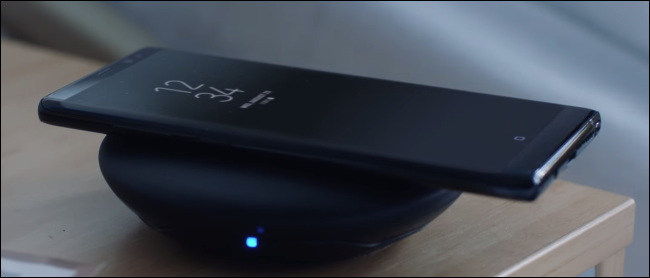NEWS
Wireless Charging: How It Operates

Wireless charging isn’t in all sense of the word, wireless. Of course your phone, smart watch, tablet, wireless headphones, or other device doesn’t need to be plugged into the charger with a wire, but the wireless charger itself still has to be plugged into a wall outlet to function.
Bummer!
When the iPhone 5 was released without the wireless charging feature found in competing Android and Windows phones at the time, Apple’s Phil Schiller argued that “having to create another device you have to plug into the wall is actually, for most situations, more complicated”.
Five years later, the cobwebs seem to have cleared from Apple’s eyes. With the iPhone 8, iPhone 8 Plus, and iPhone X, Apple is including support for wireless charging using the Qi open standard. (It’s pronounced “chee” as it’s a Chinese word that refers to the “life energy” in living things)
Wireless chargers typically use magnetic induction. The short explanation is that they use magnetism to transmit energy. First, you place the device–like a smartphone—on the wireless charger. The current coming from the wall power outlet moves through the wire in the wireless charger, creating a magnetic field. The magnetic field creates a current in the coil inside the device sitting on the wireless charger. This magnetic energy is converted to electrical energy, which is used to charge the battery. Devices must have the appropriate hardware in them to support wireless charging—a device without the necessary coil can’t charge wirelessly.
All the technology aside, getting started with wireless charging is pretty simple. For you to be able to charge your smartphone wirelessly, it needs to first of all support wireless charging and a compatible wireless charging mat to place your phone on. You can also purchase adapters to add wireless charging support to phones that don’t include it.
Android manufacturers have increasingly been abandoning wireless charging in recent years. Only Samsung has kept it on its recent high-end phones. Google, for instance, does not offer wireless charging in its Pixel smartphone, although earlier Nexus phones included this feature. With Apple giving the Qi standard a vote of confidence, wireless charging could become more common on Android devices once again.
If your phone doesn’t support wireless charging, you can add support for wireless charging with a special phone case or wireless charging adapter that you stick on the back of your phone and plug into its power port.
Once you have a phone or adapter that supports wireless charging, pick up a wireless charger that’s compatible with it. For most phones, you’ll want a Qi charger. Any Qi certified wireless charger should work with any Qi certified device. You can find them online on websites like Amazon.com or in electronics stores. Plug the charging pad into the wall and place your phone (or other Qi-enabled device) on it to charge. As long as your device and the charger support the same standard, it will just work.
Hopefully, in the future, wireless chargers will be more common in public locations, allowing you to just place your smartphone on a table to charge it. Isn’t that wonderful?































